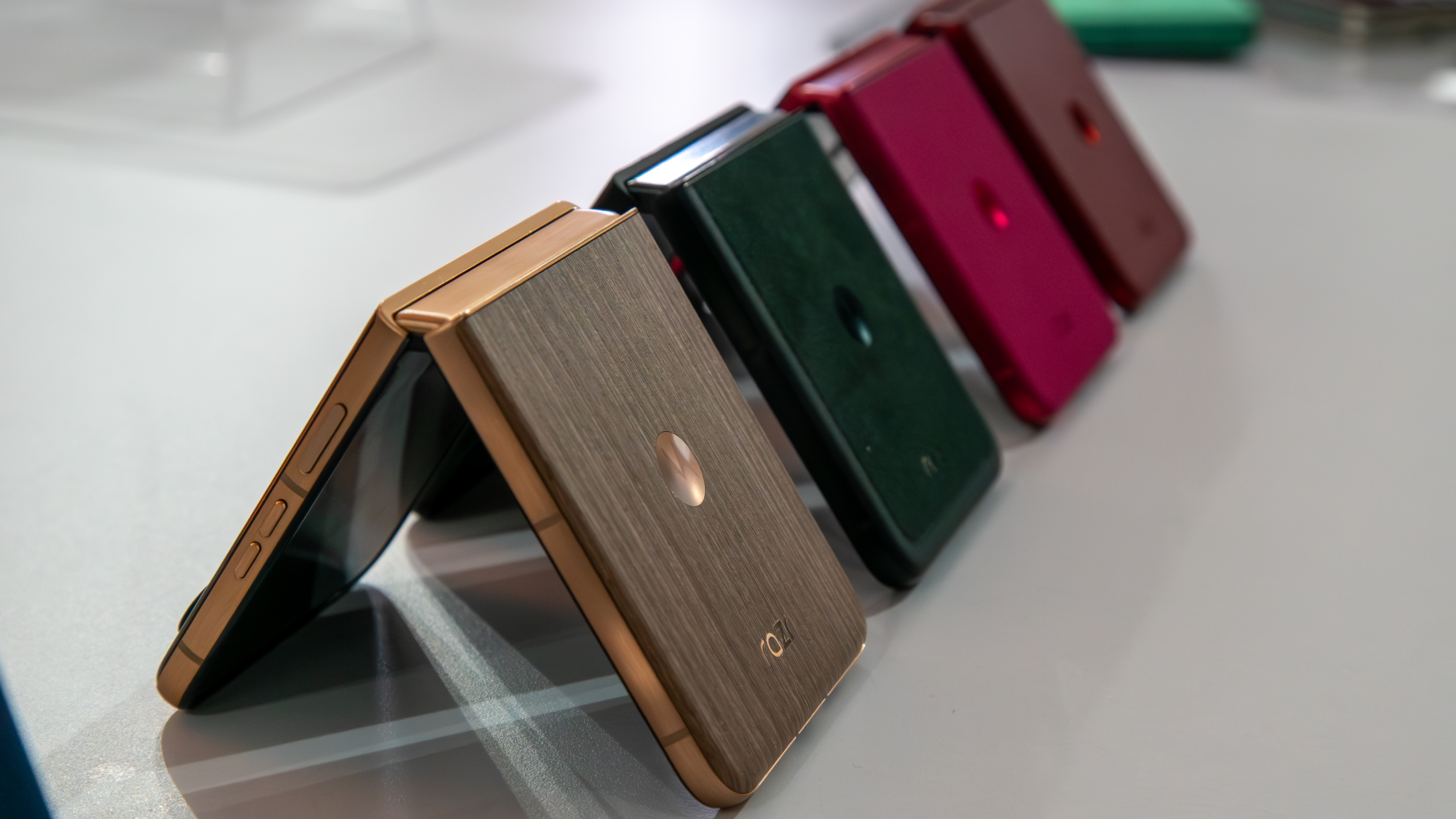The iPhone SE 2020 basically just killed the Pixel 4a and other value flagships
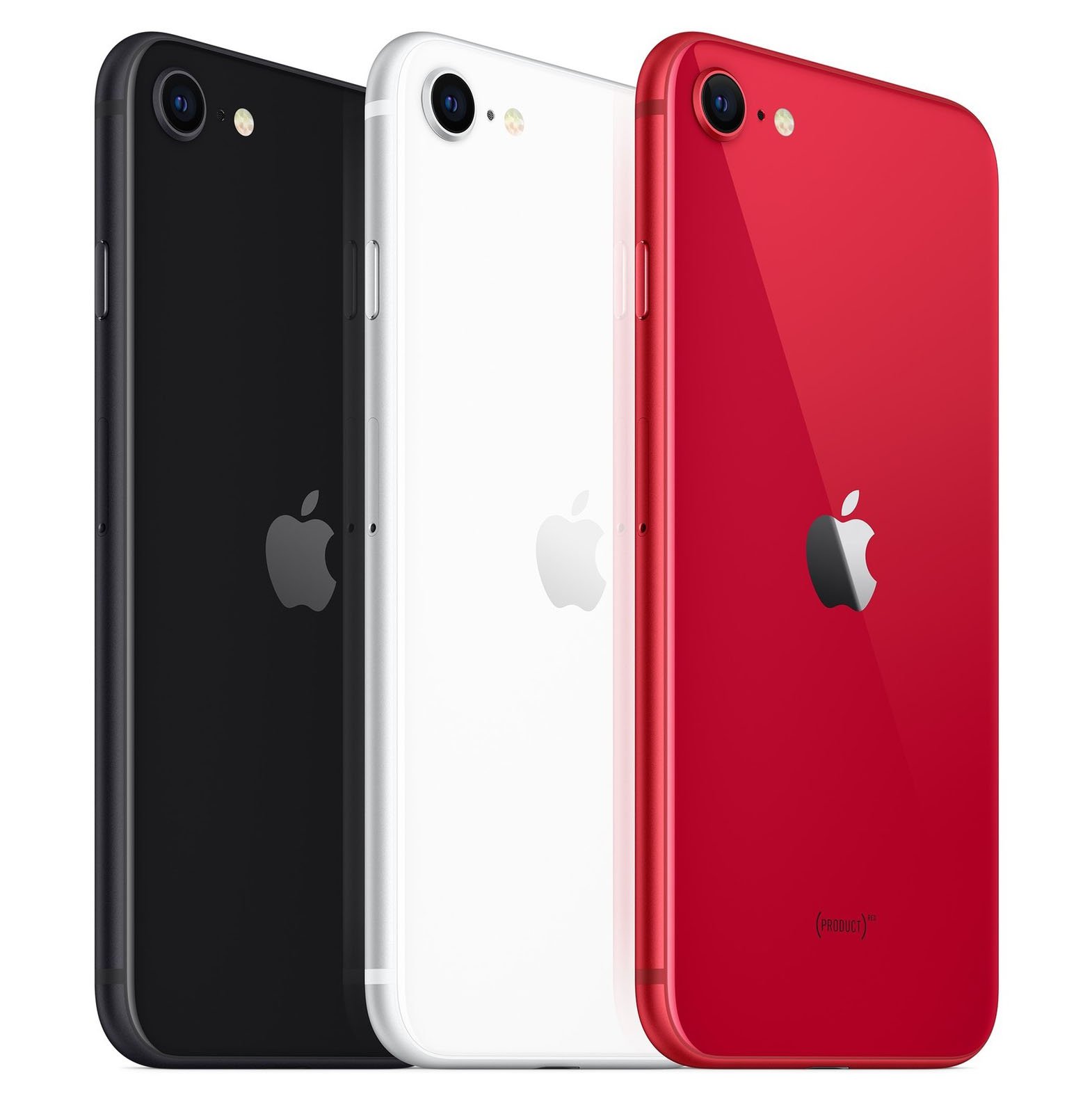
There's no shortage of value flagships on Android, and this segment witnessed a meteoric rise in the last three years. A value flagship like the Pixel 3a XL gives you access to decent internals and a great camera for under $450, and brands like Samsung, Xiaomi, Nokia, and Motorola have plenty of options in the mid-range category.
Apple is now looking to turn the segment on its head with the iPhone SE 2020. The phone made its debut earlier today for $399 for the 64GB variant, and you get a lot for that asking price. The iPhone SE 2020 is powered by the A13 Bionic — the same chipset used in the iPhone 11 series — and there's also a reliable camera, IP67 water resistance, wireless charging, and 18W wired charging.
By selling the latest A13 Bionic for $399, the iPhone SE changes the paradigm for value.
There's a lot to get excited about, and I'll start with the chipset. The A13 Bionic is the most powerful mobile chipset available today, and it outmatches every other chipset, including Qualcomm's latest Snapdragon 865, Huawei's HiSilicon Kirin 990 5G, and the Samsung Exynos 990. Apple started designing its own chipsets a decade ago, and it allowed the company to eke out the maximum amount of performance and integrate those gains into the software.
Get an iPhone SE with Mint Mobile service for just $30/mo
The fact that you're getting the best mobile chipset in a phone that costs $399 is incredible. To put things into context, there's no equivalent on the Android side that is powered by the Snapdragon 865 for under $600, and you have to consider that Qualcomm's chipset isn't as fast as what Apple is offering with the A13. Oh, and before I forget, Apple is offering free Apple TV+ subscription for a year to everyone picking up the iPhone SE.
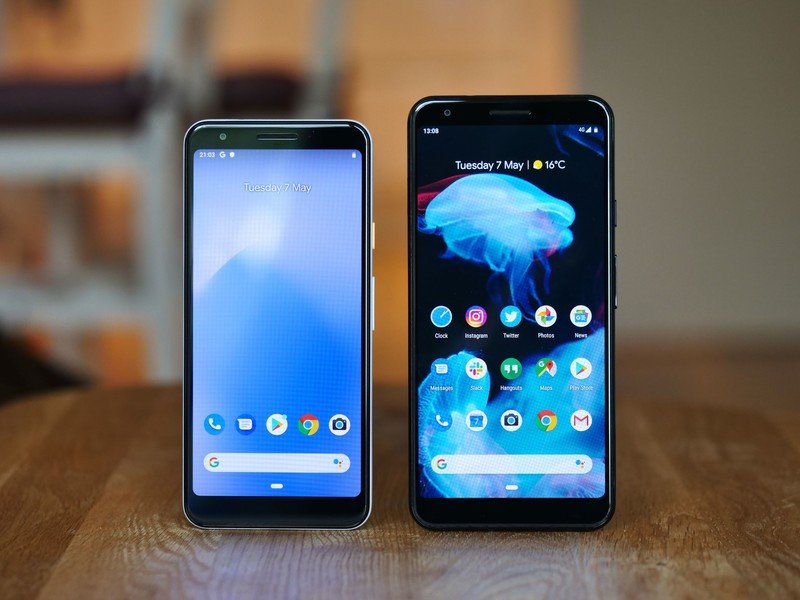
Google, in particular, has its work cut out with the Pixel 4a. The mid-range phone is set to debut in the coming months, featuring a 5.8-inch FHD+ display, Snapdragon 730, single 12.2MP camera at the back, and a 3080mAh battery. The Snapdragon 730 is a very capable chipset, but it is far from the best in the industry.
You just don't get IP67 rating and wireless charging on a mid-range Android device.
Then there's the fact that the iPhone SE has IP67 water resistance and wireless charging, two features that have been relegated to "true" flagships in recent years. Xiaomi started offering wireless charging on its Mi flagships last year, but they start at over $500 and don't have an IP rating. What I'm trying to get at is that the combination of features on offer with the iPhone SE is unmatched on Android. There's also a 128GB of the phone that's available for $449, and a 256GB option that is debuting at $549.
Be an expert in 5 minutes
Get the latest news from Android Central, your trusted companion in the world of Android
The iPhone SE also presents Apple with a unique opportunity to make inroads into the Indian market. The phone is making its debut in the country for ₹42,500 ($555) and ₹47,800 ($625) for the 128GB option, and that's exciting for a lot of reasons. Android dominates India thanks to device makers like Xiaomi, but over the last 18 months Apple started gaining momentum on the back of strong iPhone XR sales.
The iPhone SE offers a more powerful A13 Bionic chipset for ₹10,000 ($130) less (the XR is powered by the A12), and when you consider the fact that both phones have the same camera optics, the SE becomes that much more enticing. The iPhone is an aspirational product in India, and the fact that the SE is offering the same A13 chipset that's featured in the regular iPhone 11 — which costs more than double — makes the phone immediately stand out in India's premium segment.
The best part about using the A13 Bionic is you'll get four years of software updates.
The biggest selling point with the iPhone SE is the software updates. By using its latest silicon in the device, Apple is all but guaranteeing the same update cycle as the iPhone 11 series, and that means the phone should get updates for four years or more. Meanwhile on Android, it is a big deal if phones in this segment get two platform updates.
Let's talk about another part of the iPhone SE that is of interest: the design. Apple is essentially using the same chassis as the iPhone 8, with the phone offering the same 4.7-inch IPS LCD display and Touch ID authentication. The internals have been overhauled, with Wi-Fi 6 and Gigabit LTE connectivity.
This is a win-win for Apple: the company already makes tens of millions of A13 Bionic chipsets for the iPhone 11 series, so it isn't starting from scratch here. Then there's the fact that by reusing the iPhone 8 design, it is saving on manufacturing costs, allowing the company to eke out more profits.
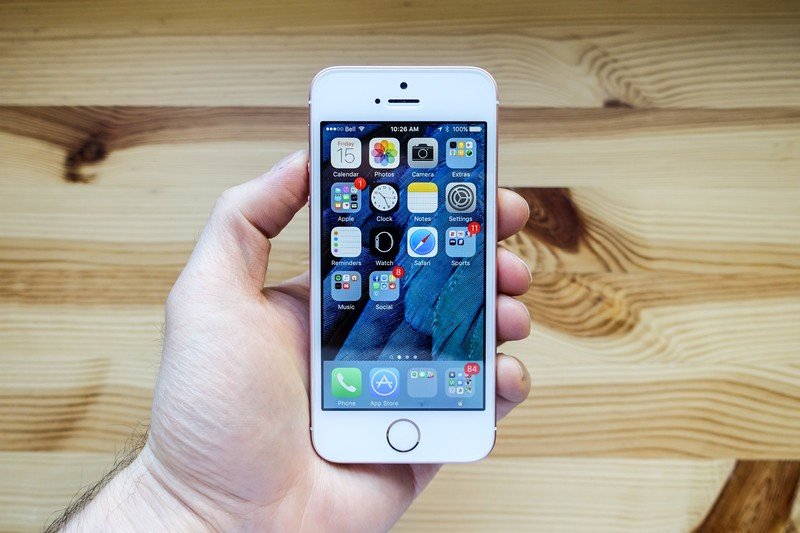
Overall, the iPhone SE lowers the barrier for entry into Apple's ecosystem. But there are no real trade-offs here, and the fact that you're getting the A13 Bionic combined with IP67 dust and water resistance, wireless charging, a reliable camera, and four years of software updates makes the iPhone SE a game-changer.
I didn't think we would get to a point where an iPhone offers more value than Android phones, particularly in the mid-range segment. But that's exactly what's going on with the iPhone SE. Let me reiterate: you're not only getting a phone with reliable hardware, but you're also getting great software and more updates than you would on Android, all for $399. If you're in the market for a mid-range phone in 2020, you should absolutely consider the iPhone SE.
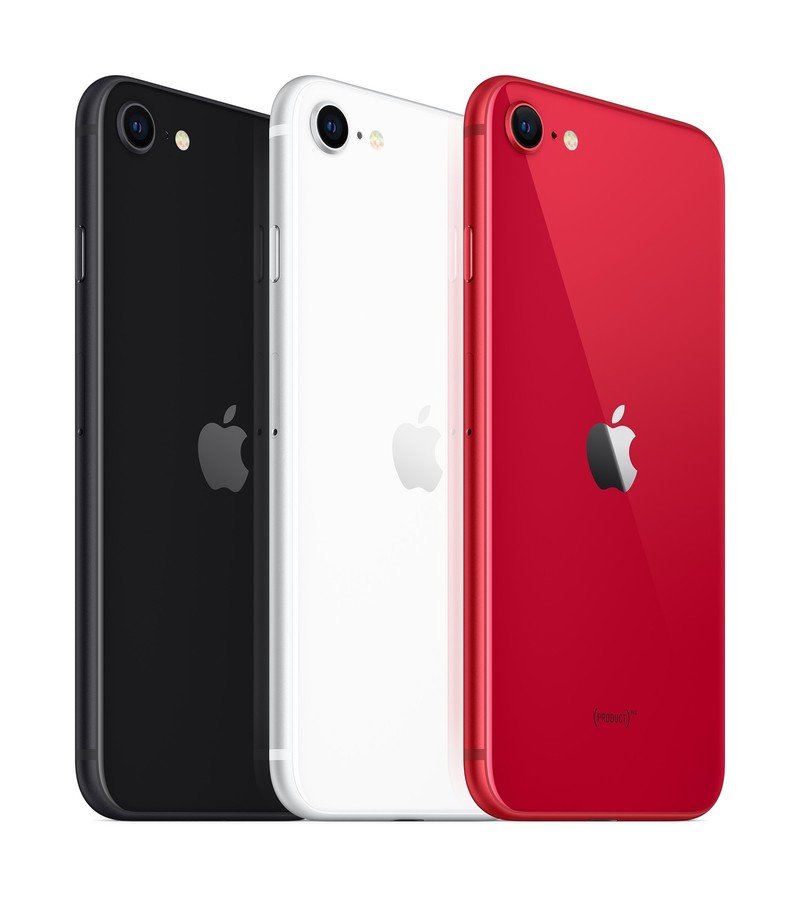
iPhone SE 2020
With the A13 Bionic under the hood along with IP67 water resistance and wireless charging, the iPhone SE turns the value category on its head. There's no Android equivalent to the kind of power you're getting here, and when you consider the fact that you get at least four years of software updates on iOS, the iPhone SE is a fantastic alternative to Android phones.

Harish Jonnalagadda is Android Central's Senior Editor overseeing mobile coverage. In his current role, he leads the site's coverage of Chinese phone brands, networking products, and AV gear. He has been testing phones for over a decade, and has extensive experience in mobile hardware and the global semiconductor industry. Contact him on Twitter at @chunkynerd.
